Homeschooling a child with dyslexia in the elementary years can feel overwhelming, I know. I’ve homeschooled 8 of them! We can see that our kids are smart, but using traditional curriculum and teaching methods often leads to frustration. After 30 years of homeschooling kids with dyslexia, I can assure you, homeschooling gives you just the freedom your family needs to prioritize what is important and to use the best curriculum.
In this post, we’ll explore how dyslexic kids learn differently and how that affects learning in elementary school. Then we’ll talk about what subjects and skills to prioritize in grades K–5, the most effective teaching methods, and some of the best curriculum choices for reading, writing, math, and beyond.
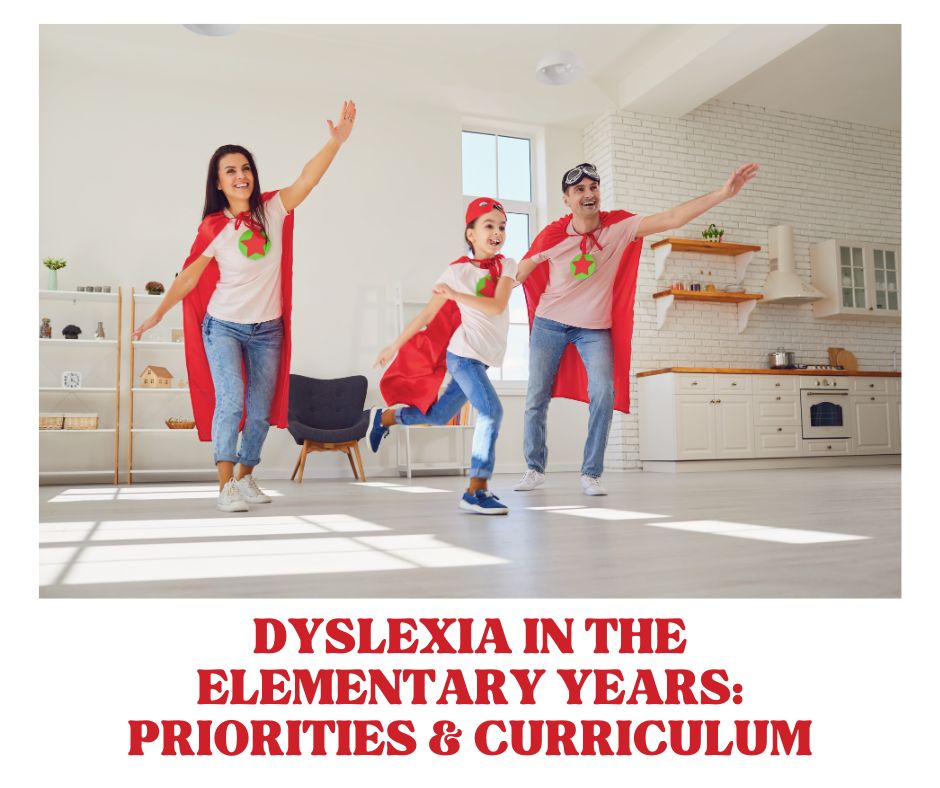
How Kids With Dyslexia Learn Differently
Dyslexia is a language-based learning difference that primarily affects reading and spelling. It’s not a matter of intelligence—many kids with dyslexia are exceptionally bright and creative—but they often struggle with:
- Decoding words (sounding them out)
- Spelling (even words they use every day)
- Processing and remembering instructions
- Writing (often due to dysgraphia or slower processing)
They may also experience challenges with working memory, auditory processing, visual processing, or attention. Traditional methods that rely on repetition through reading and writing don’t work well. Instead, dyslexic learners need a structured, explicit, and multisensory approach that builds foundational skills in a step-by-step way.
What to Prioritize in Grades K–5
The typical pace of traditional elementary schools moves way too fast for students with dyslexia. Our kids need a LOT more review of anything language related. This is why kids become anxious and stressed in traditional schools. As a homeschooler, you have the freedom to go at your child’s pace. It is common for kids with dyslexia to learn to read fluently and independently later – at 9 years old or later.
When homeschooling young kids with dyslexia, focus on what matters most: building a strong foundation in reading and math, creating a love for learning, and supporting development at their pace.
1. Build a Strong Learning Foundation
- Prioritize structured, multisensory instruction in reading, spelling, and math.
- Expect a slower learning curve—this is normal for kids with dyslexia.
- Use early intervention tools like phonemic awareness activities and Orton-Gillingham-based reading programs.
2. Keep History, Science & the Arts Light
- Focus on exposure over mastery.
- Use read-alouds, field trips, and unit studies.
- Skip the tests—go hands-on and integrate learning into daily life.
3. Read Aloud Every Day
- Reading aloud (or using audiobooks) improves vocabulary, comprehension, and attention span.
- It’s especially crucial for dyslexic learners and creates connection and a love of books.
4. Encourage Free Play & Outdoor Time
- Outdoor play builds confidence, focus, creativity, and reduces stress—especially beneficial for ADHD.
- Let nature be their classroom: garden, hike, play, explore.
5. Use Simple Assistive Tools
- Introduce low-effort tech like audiobooks, multiplication charts, or speech-to-text apps when needed.
How to Teach Reading to Kids with Dyslexia in Elementary School
You may have heard a frightening statistic that claims dyslexic children who haven’t caught up to their peers in reading by 3rd grade, will never catch up. The things is that this study was looking at kids in traditional schools who don’t get the right kinds of support to begin with and who for the most part, don’t get the right kinds of support even after schools recognize they need specialized instruction.
Take it from me; your kids will learn to read. Just keep teaching them at their pace, at their level and eventually they will learn to read.
What you need to know about teaching reading to kids with dyslexia in elementary school.
Reading instruction: Teach reading 3-5 days per week with a program built on the Orton-Gillingham approach.
Oral language development: Read aloud often, talk about stories, build vocabulary through conversation and play.
Remember to review as often as needed. Most dyslexic kids in elementary school will struggle to remember phonics rules. Keep reviewing with multi-sensory methods and continue to read aloud as often as possible.
Reading & Spelling Programs for Elementary Ages
I compiled comparison of the top four Orton-Gillingham reading programs designed for parents to use at home. See that here: Parent-Friendly Orton-Gillingham Reading Program Comparison. Programs included in the comparison are All About Reading, Logic of English, Barton Reading & Spelling, and Reading Horizons.
All of these programs include spelling and basic grammar.
Any additional grammar can be postponed until your child is reading fairly fluently. At that time, I begin with Daily Grams for simple, practical, daily grammar review. (I just buy the student workbook. No need for the parent guide unless you need help with grammar too!)
Teaching Math in the Elementary Years
Most kids with dyslexia don’t struggle with learning math concepts.
All elementary kids do well with a hands-on math program where they can touch and see the concepts they are being taught. See my recommendations below.
Most kids with dyslexia will struggle to memorize their math facts. I rarely recommend holding kids back in math until math facts are mastered as it may take quite a while. Instead offer supports like math fact sheets and continue to work on fact mastery for a few minutes (5-10) each day.
Recommended Elementary Homeschool Math Programs
Math U See: hands-on, straightforward instruction, mastery-based
Other hands-on, multi-sensory math programs:
Teaching Textbooks (beginning in 3rd grade): Teaching Textbooks is a very highly regarded online math program. See my review here.
Fun and (mostly) free math resources:
- cook a recipe
- play a math game. See our favorite math games, apps, and toys here.
- play a board game
- download a math app or game
- play store with a toy cash register
Read: How to teach math without a math curriculum.
Read this article on How to Teach Math Facts to Kids with Dyslexia (includes links to lots of useful resources)
Other Subjects (Science, History, etc.)
It’s common for parents homeschooling kids with dyslexia and ADHD to spend so much time teaching reading, spelling, and math, that there doesn’t seem to be enough time for much else. Or if there is time, there is no energy or attention left.
My strong recommendation for the elementary years is to prioritize reading and math and to approach other subjects like history, science, and the arts from the standpoint of exposing kids to all kinds of facts and information on these subjects without worrying about mastery.
What does this look like?
History: Reading interesting historical fiction. Visiting museums and historical sites. Watching movies and documentaries based on history.
If you want a curriculum, use something like Story of the World which approaches history from a story-based chronological angle. Do occasional activities from the Student Book for reinforcement.
Science: Reading about science discoveries. Visit Science Centers or science museums. Watch movies or documentaries on science topics. Purchase hands-on science kits. Download this extensive list of hands-on science programs organized by grade level.
Another option is to modify whatever history or science program you have to best meet your kids needs. Options are: Doing history or science for several hours once a week. Skipping workbook assignments and discussing the questions instead. Using your curriculum topics as a guide and filling in with documentaries and field trips.
Encouragement for Homeschool Parents
Progress may feel slow in the elementary years—and some days may feel like nothing’s sticking—but you are doing incredibly valuable work.
- Celebrate the small victories.
- Focus on progress over perfection.
- Lean into your child’s interests and strengths—dyslexic kids are often highly creative, visual thinkers with strong problem-solving abilities.
- Most of all, trust your instincts and your connection with your child.
You’re not just teaching academics—you’re teaching resilience, confidence, and a love of learning.
You’re Not Alone—Join Our Community
At Homeschooling With Dyslexia, I’ve helped thousands of families just like yours. If you’re looking for support, encouragement, and expert guidance, I’d love to invite you to:
- Download my free Parent Guide to Homeschooling With Dyslexia
- Explore my online parent courses that teach the most important part of teaching kids with dyslexia: learning how they learn.
- Join my mentoring group for monthly support and connection.
Let’s give our kids the education they really need.
Other Posts of Interest
The Elementary Years With Dyslexia
Busting the Myth of Early Intervention for Dyslexia
What Learning to Read and Write with Dyslexia Really Looks Like
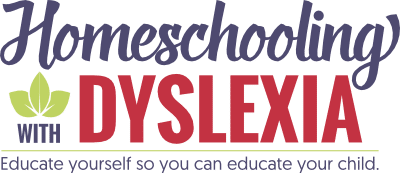
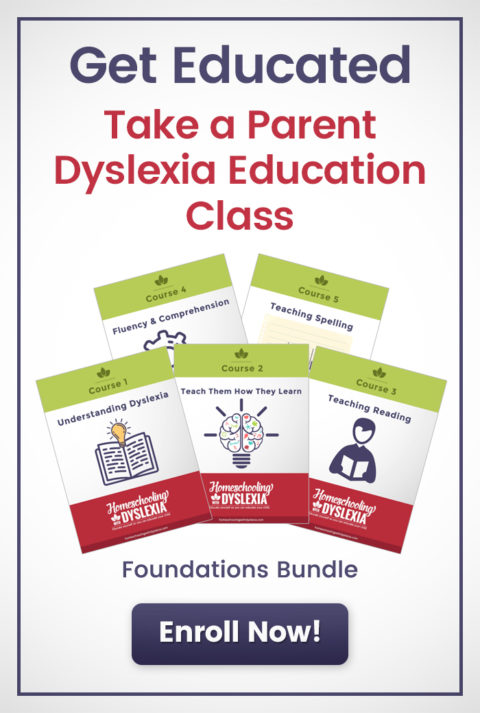
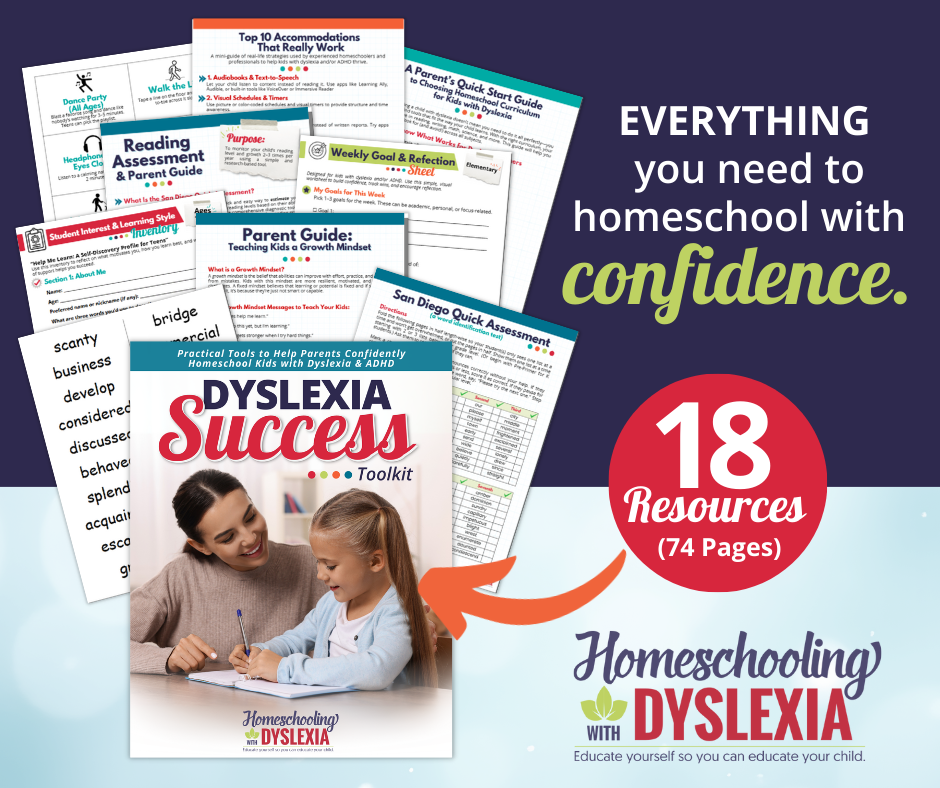
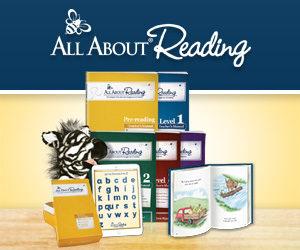


This is so very encouraging!!! Language arts is the thing that gives me so much stress because the all-in-one workbooks just aren’t what works for us!!! So you would recommend daily grams eventually. And they just do this mostly on their own? You don’t teach them the “easy grammar”lesson that goes with the “daily grams”?
This is so encouraging!! THANK YOU!
I’m glad this was helpful, Jen! That’s right. When they’re somewhat independent with reading, I start with Daily Grams Grqade 3. I do not do the Easy Grammar books. 🙂
Thank you so much! You have no idea what a weight this article has lifted off my shoulders. I’ve been feeling so stressed, worried, and confused—my 9-year-old still isn’t reading much, and I’ve been at a loss. Now I finally know what to focus on and where to begin. God bless you!
I’m so glad this post was helpful, Dana!!